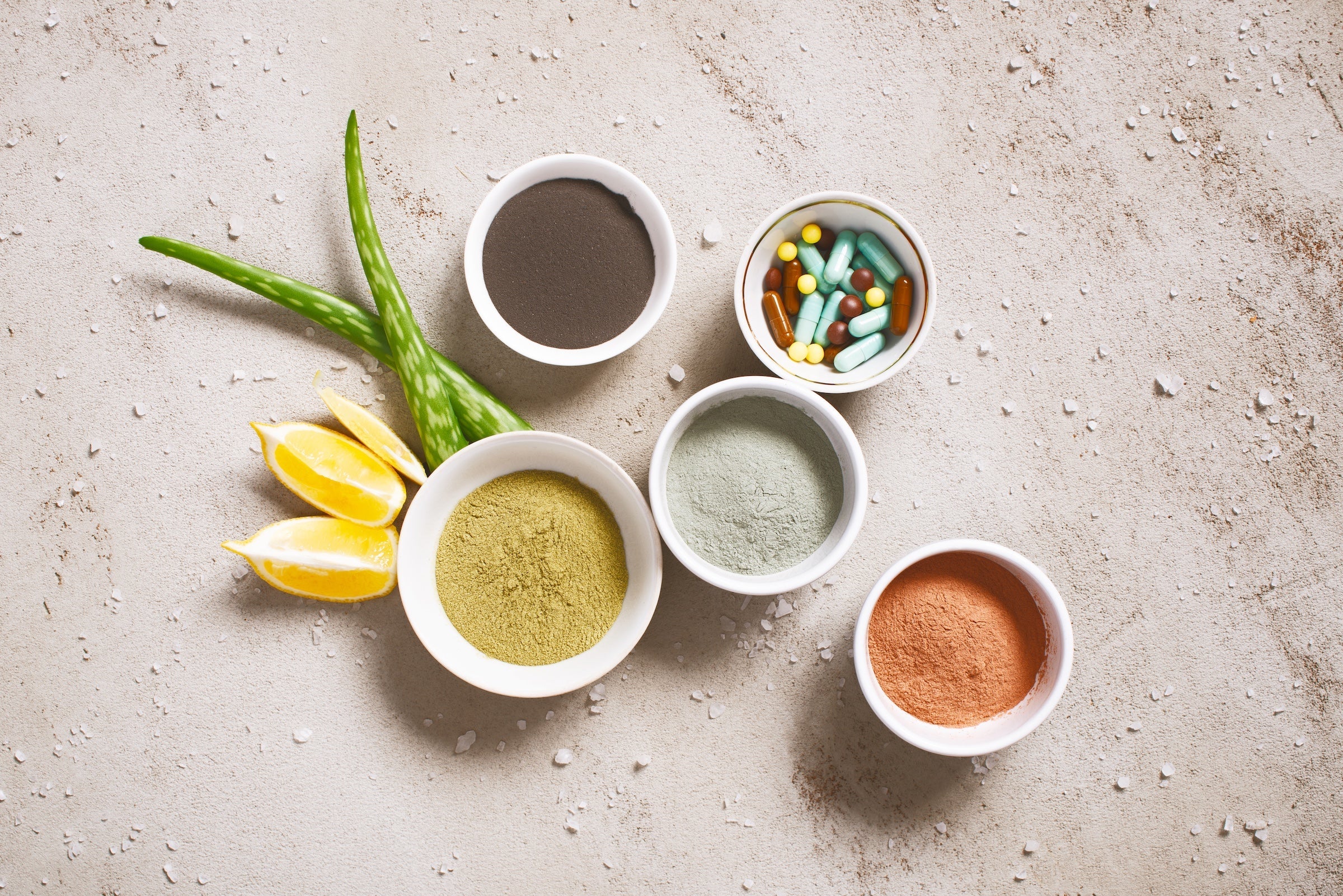
Burnout Recovery Begins in the Nervous System: Tools for True Restoration
Burnout isn't just a psychological state—it’s a whole-body experience deeply embedded in your nervous system. While many articles skim the surface by recommending supplements or a weekend off, true restoration goes further, requiring intentional shifts in how you support your body, mind, and environment.
In this enhanced guide, we go beyond surface-level tips and explore the science, practices, and expert-backed methods that create meaningful, sustainable recovery.
Understanding the Deep Impact of Burnout
When stress becomes chronic, your body’s sympathetic nervous system (SNS)—the part responsible for fight-or-flight—gets locked in overdrive. This doesn't just mean you're mentally frazzled. It means your heart rate remains elevated, your breath stays shallow, and your immune system becomes suppressed. Over time, this can cause significant risk for negative and chronic health conditions.
Emerging research highlights that the parasympathetic nervous system (PNS), which governs rest, digestion, and repair, is the key to bringing your body back into balance. But it’s not a switch you can flip overnight. Recovery requires daily micro-interventions that cumulatively reset your system.
Building a Comprehensive Recovery Toolkit
1. Sleep as a Foundational Pillar
Sleep is your body’s primary repair window, and yet many burnout sufferers report insomnia or restless nights. Research published in Frontiers in Psychology shows that improving sleep quality—rather than just quantity—has measurable effects on nervous system resilience.
-
Earplugs: Reduce auditory disruptions that interfere with deep, slow-wave sleep. Try soft silicone earplugs that mold comfortably to your ears.
-
Mouth Tape: Encourages nasal breathing, which optimizes oxygen exchange and promotes parasympathetic activity. The popular Dryft Sleep Mouth Tape is designed for safety and comfort.
-
The Book Breath: James Nestor’s acclaimed book outlines how subtle breathing changes can reshape your health, supporting better sleep and emotional regulation.
2. Breathwork and Nervous System Regulation
Breathing isn’t just automatic—it’s a powerful lever you can consciously use to regulate stress. Practices like diaphragmatic breathing, resonant frequency breathing, or even humming have been shown to stimulate the vagus nerve, reducing inflammation and shifting the body into a healing state.
Try This: Set aside 5 minutes twice a day to practice box breathing (inhale for 4 counts, hold for 4, exhale for 4, hold for 4). Pair your practice with calming tools like the Serenity Glass Diffuser and lavender essential oil to deepen the effect.
3. Mindful Movement: More Than Just Yoga
Movement helps your body discharge built-up stress hormones like cortisol and adrenaline. But the key for burnout recovery is gentle, intentional movement—not high-intensity workouts that can further strain an already taxed system.
-
Restorative Yoga & Stretching: Using the Yogo Travel Yoga Mat, create a 15-minute evening ritual focusing on long-held, floor-based postures.
-
Somatic Practices: Explore methods like body scanning or progressive muscle relaxation, which have been shown in Journal of Clinical Psychology studies to reduce somatic tension linked to anxiety.
4. Elevate Your Self-Care Beyond Skin-Deep
Many self-care routines focus on surface-level pampering, but true recovery rituals should engage the nervous system:
-
Dry Brushing: Stimulates the lymphatic system and increases sensory input, grounding you in your body.
-
Gua Sha: A gentle, meditative practice that promotes lymphatic drainage and reduces muscle tension—pair it with Organic Jojoba Body Oil for a nourishing effect.
-
Mindful Massage: Instead of rushing through, slow down and notice how the touch feels. This sensory mindfulness amplifies relaxation signals to the brain.
Navigating Label Confusion: Choose With Care
Be careful with what you see on labels—what you see isn’t always what you get. Many so-called "natural" products still contain toxins that undermine your efforts. At FreeLivingCo.co, we vet and verify every ingredient, ensuring that what you put on your skin, breathe in, or sleep with supports your health, not harms it.
Expert Insights: Making Progress Over Perfect
Burnout recovery is not a linear journey, and expecting perfection can actually increase stress. Experts recommend:
-
Small steps: The compounding impact of small adjustments daily can have a significant impact over time.
-
Daily rituals: Commit to small, repeatable actions like purposeful deep breaths, journaling, a 10-minute walk, or evening wind-down rituals.
-
Social connection: Loneliness worsens burnout. Prioritize meaningful interactions, whether in person or virtually and set aside distractions to remain present.
FAQ
Q: Is burnout purely mental?
A: No. While mental factors play a role, burnout is deeply physiological. Restoring nervous system health is essential.
Q: Do I need expensive tools or treatments?
A: Not necessarily. Many effective interventions—like breathwork, journaling, or dry brushing—are low-cost or DIY.
Q: How quickly will I feel better?
A: Results vary. Some people notice improvements in days, while deeper recovery can take weeks or months. The key is consistency.
Q: How do I know if a product is safe?
A: Shop at trusted sources like FreeLivingCo.co, where every item is vetted for toxin-free, non-disruptive ingredients.
Products Mentioned
-
Book Recommendation: Breath by James Nestor
Ready to take the next step? Visit FreeLivingCo.co to explore products, rituals, and expert insights designed to help you restore your nervous system and reclaim your vitality.



Leave a comment
This site is protected by hCaptcha and the hCaptcha Privacy Policy and Terms of Service apply.